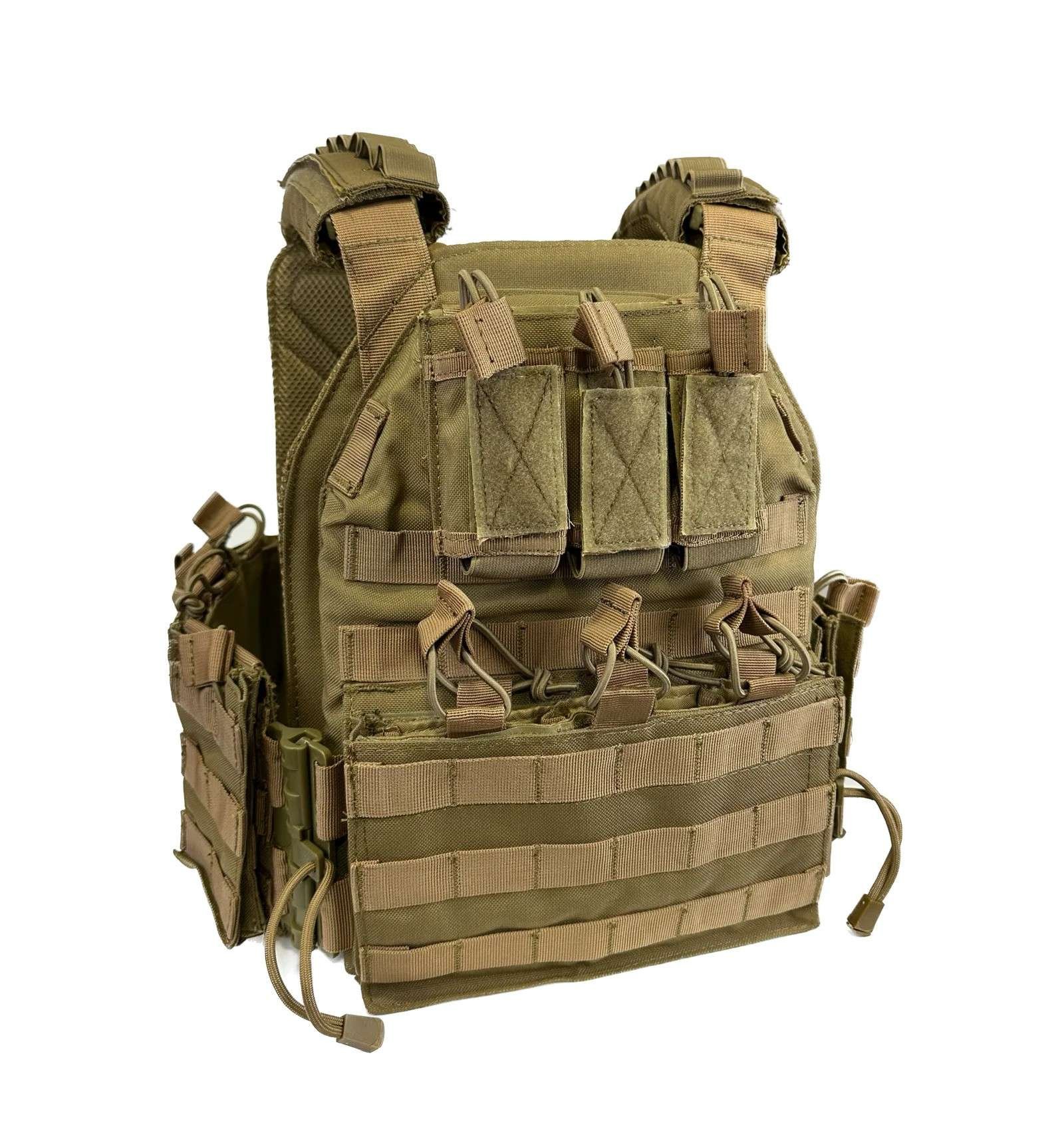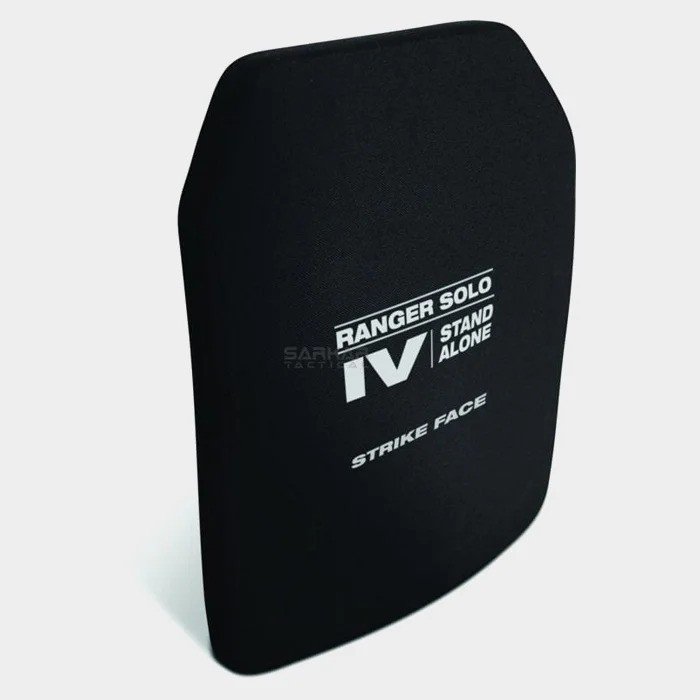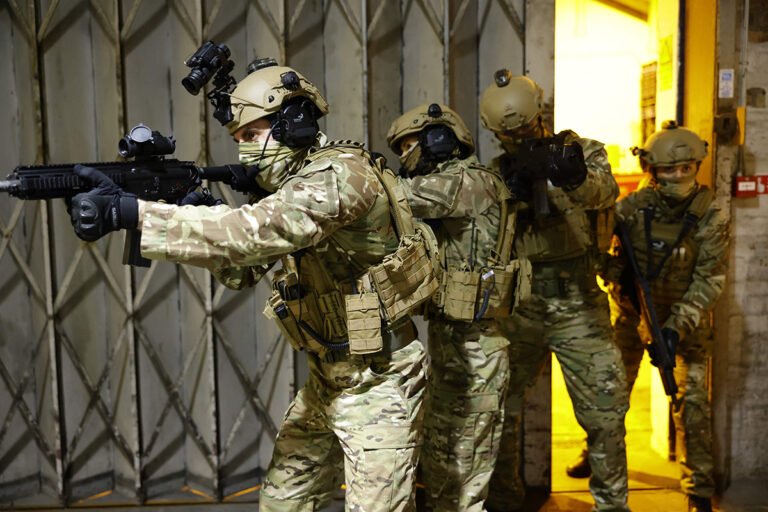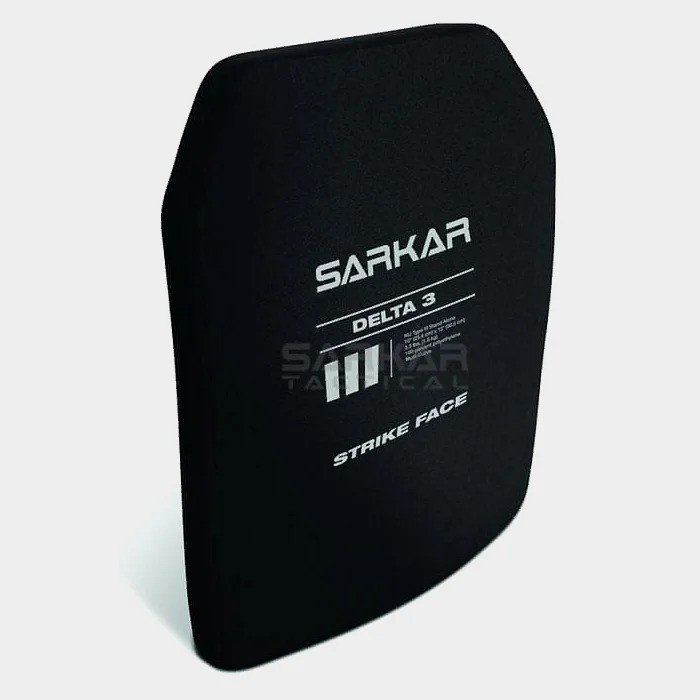Setting up a plate carrier properly is crucial to ensuring the users’ safety. Plate carriers must also be set up in a way where weight is distributed evenly throughout the torso, while also retaining access to high priority equipment.
In this comprehensive guide from Sarkar Tactical, we run through how to set up a plate carrier step-by-step.
Using this information, you will be able to: position your plate carrier correctly on your body, select the correct armour level, attach the correct equipment for each operational need, and learn where this equipment should be positioned.
Table of Contents
- Setting up Your Plate Carrier
- Where Should a Plate Carrier Sit on Your Body
- Choosing the Correct Armour Level
- What Equipment Should be Attached to Your Plate Carrier
- Where Should you Position Important Equipment
- How Should you Prioritise Equipment for Certain Operations?
- How to set up a Plate Carrier: Final Thoughts
- FAQs
Setting up Your Plate Carrier
When setting up a plate carrier, you need to ensure you have access to vital equipment. You must also have the correct armour level insert and a safe weight distribution. Your plate carrier should be more than just a piece of gear. It should be a customised, well-prepared system, designed to support your specific needs. Setting up your plate carrier consists of attaching the correct equipment in the correct places, making sure the carrier fits right, and inserting the selected armour plates into the front, back, and potentially the sides.
Where Should a Plate Carrier Sit on Your Body
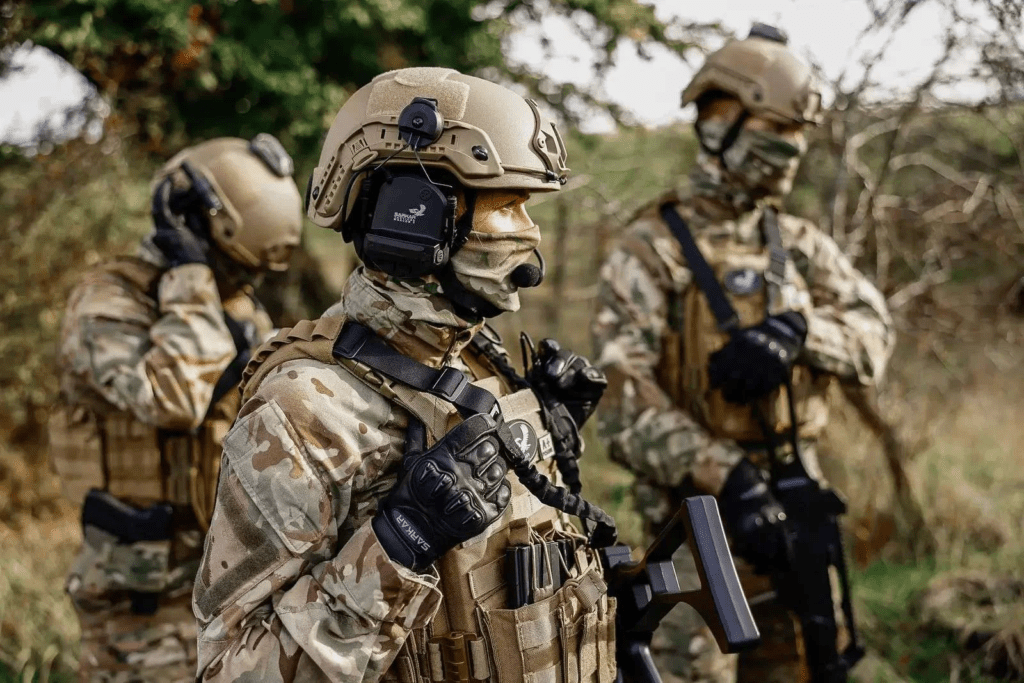
Fitting a plate carrier to your body is not only a matter of safety, but also, to ensure comfort. This leads to protection against ballistics and longevity throughout operations.
Read our full guide to plate carriers.
There are a number of considerations to ensure that your plate carrier is correctly positioned:
Chest and Torso Height
The top edge of the front plate should sit at approximately mid-chest level. This placement ensures that your heart, lungs, and other vital organs are adequately covered, offering essential protection in high-risk situations. Maintain proper alignment by ensuring that the rear plate on your back sits at the same height as the front plate on your chest. This balanced placement ensures that you’re shielded evenly from front to back.
Shoulder Straps
The shoulder straps of your plate carrier play a critical role in ensuring comfort and stability while wearing this essential piece of tactical gear. Properly adjusted shoulder straps are key to your overall well-being and operational effectiveness. The shoulder straps are responsible for distributing the weight of your plate carrier and its contents evenly across your shoulders. Adjust them so that the weight is balanced, preventing any undue stress on one side.
Front and Rear Plates
The front and rear plates in your plate carrier are your primary lines of defence against potential threats. Your front plate is your shield against incoming fire and should be positioned at your mid-chest level to safeguard your heart and vital organs. The rear plate, located on your back, should align vertically with the front plate, ensuring comprehensive protection. These plates should conform to the natural curves of your body. Proper positioning not only enhances safety but also allows for unrestricted movement, so you can perform tasks effectively in high-pressure situations. Remember, the front and rear plates are the core of your armour, so it’s imperative to get their positioning right.
Freedom of Movement
Ensuring freedom of movement while wearing a plate carrier is paramount to your effectiveness and safety. Your plate carrier should allow you to move your arms, shoulders, and torso without hindrance. Ensure that the gear doesn’t restrict your natural range of motion, enabling you to perform tasks, raise your weapon, or take cover seamlessly. Avoid overloading your plate carrier with excessive gear that can limit your ability to move swiftly and respond to dynamic situations. Test your plate carrier’s setup by simulating movements you might perform in your intended scenarios. This includes crouching, running, kneeling, and weapon handling.
Side Protection (Optional)
Side plates can provide protection for your flanks, which can be vulnerable in certain scenarios. Position them in the dedicated pockets on your plate carrier, ensuring they cover your sides from the armpit area down to the waist. While adding side plates for extra protection, be mindful of maintaining balance and comfort. Adjust the side plates to conform to the natural contours of your body without restricting your ability to move or access essential gear.
Choosing the Correct Armour Level
When looking at ballistic plate inserts, you need to make sure you have the correct armour level for the operation at hand. The plates that you equip in your career need to be tested and verified to exceed the ballistic resistance as specified under NIJ Standard.
Learn about the different levels of body armour.
Although there are a wide range of plate levels, plate carriers tend to be loaded with level III, to level IV plates:
Level III Plates
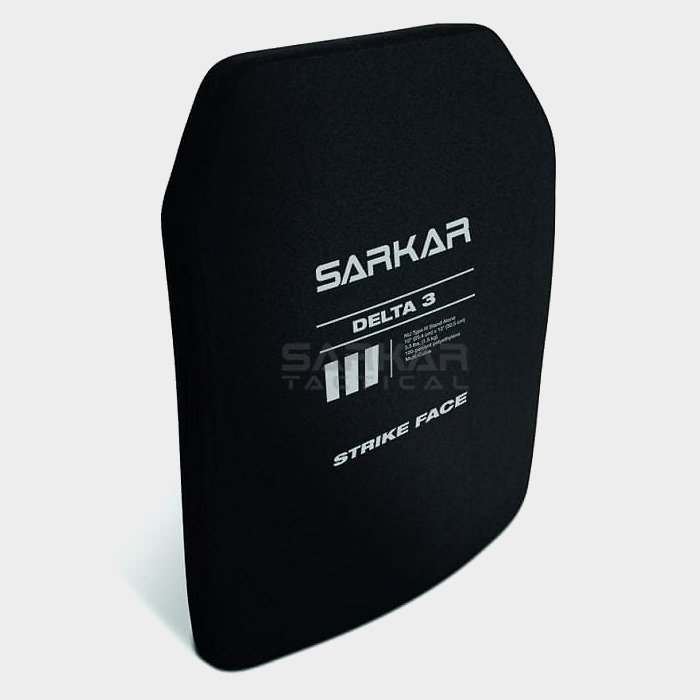
Level III plates are the first plate in the level scale designed to stop rifle rounds. These plates usually weight around 3 lbs, and are curved to fit the body comfortably. They are made using either polyethylene, steel, or ceramic material. They are generally made to be more lightweight, but may be more brittle than higher level plates.
Level III/IV Plates

Level III/IV plates are hard armour plates, designed to withstand rifle rounds, and higher calibre armour piercing rounds (NIJ-06 Type III and Type IV). They are made using ceramic or steel material, and cut with rectangular clipped corners.
Level IV Plates
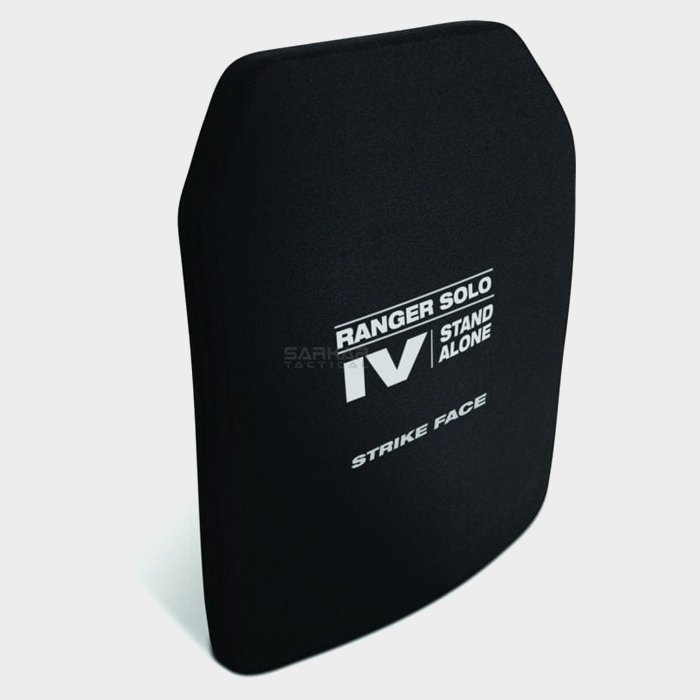
Level IV ballistic plates offer comprehensive protection from NIJ Level 4 projectiles. Ceramic materials are the most common materials for level 4 plates. Level IV plates are generally heavier than level III’s, but offer protection against higher calibre rounds.
Other Types of Ballistic Plates

There are further armour levels beyond III-IV. There is also IIA and II, which are designed to stop small arms fire. Ballistic side plates are also occasionally used with plate carriers, and are made to protect your flanks.
What Equipment Should be Attached to Your Plate Carrier
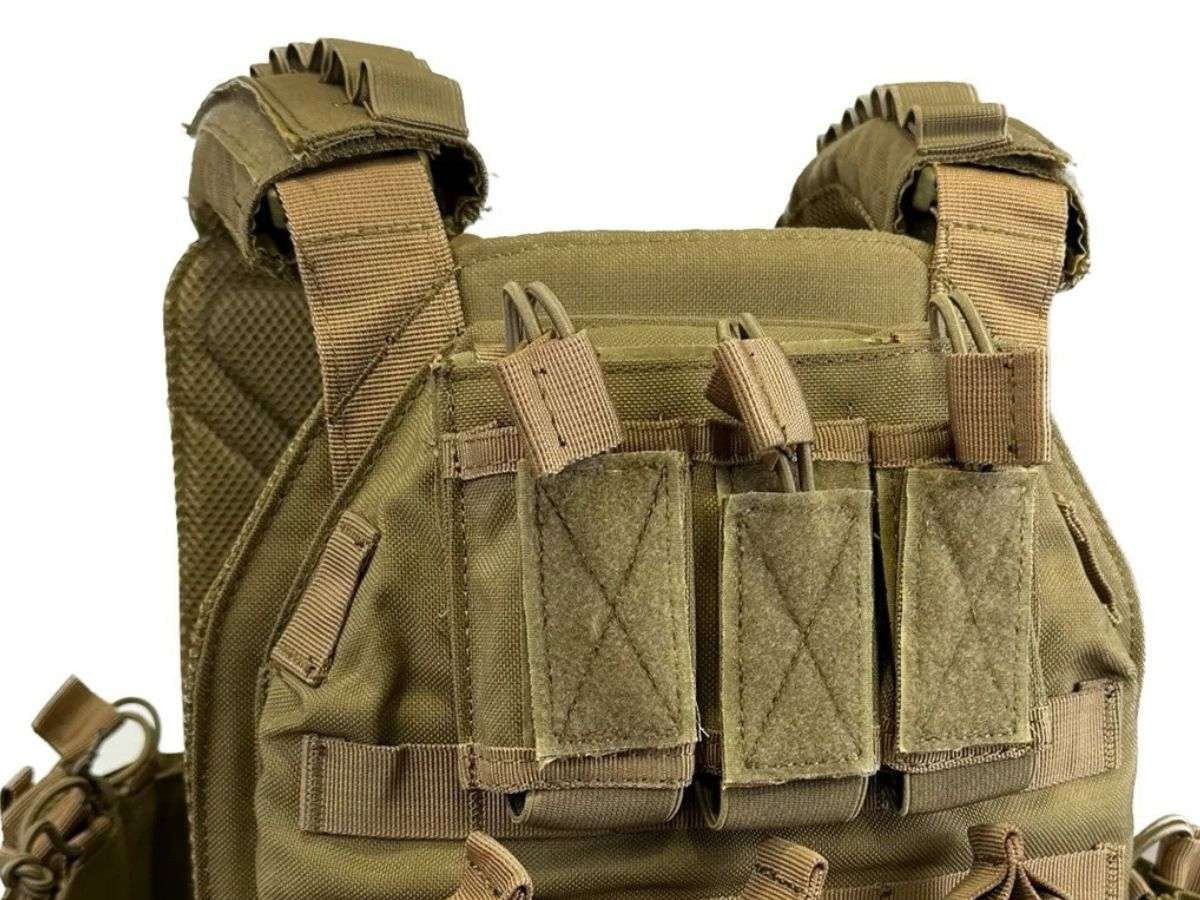
Equipment
Having clear communication with your team is crucial, whatever the operation. Attach essential communications equipment, such as radios, to your plate carrier for seamless coordination and the timely exchange of critical information.
Administrative Pouches
Efficient organisation and quick access to essential administrative items are vital. Administrative pouches on your plate carrier allow you to carry documents, maps, pens, and other operation-critical tools. Keep your operational logistics in order with easy-to-reach administrative pouches that ensure you’re always well-prepared.
First Aid Equipment
Your plate carrier should have easily accessible immediate medical response equipment. Attach first aid equipment, including tourniquets, bandages, and trauma shears, to be ready for rapid response in emergencies. Life-saving seconds matter. A well-equipped plate carrier can make all the difference.
Magazine Pouches
Having the correct amount of ammunition is essential during operations. Securely attach magazine pouches to your plate carrier to ensure quick and efficient reloading. Easy access to extra magazines allows you to stay engaged and responsive to threats.
Where Should you Position Important Equipment
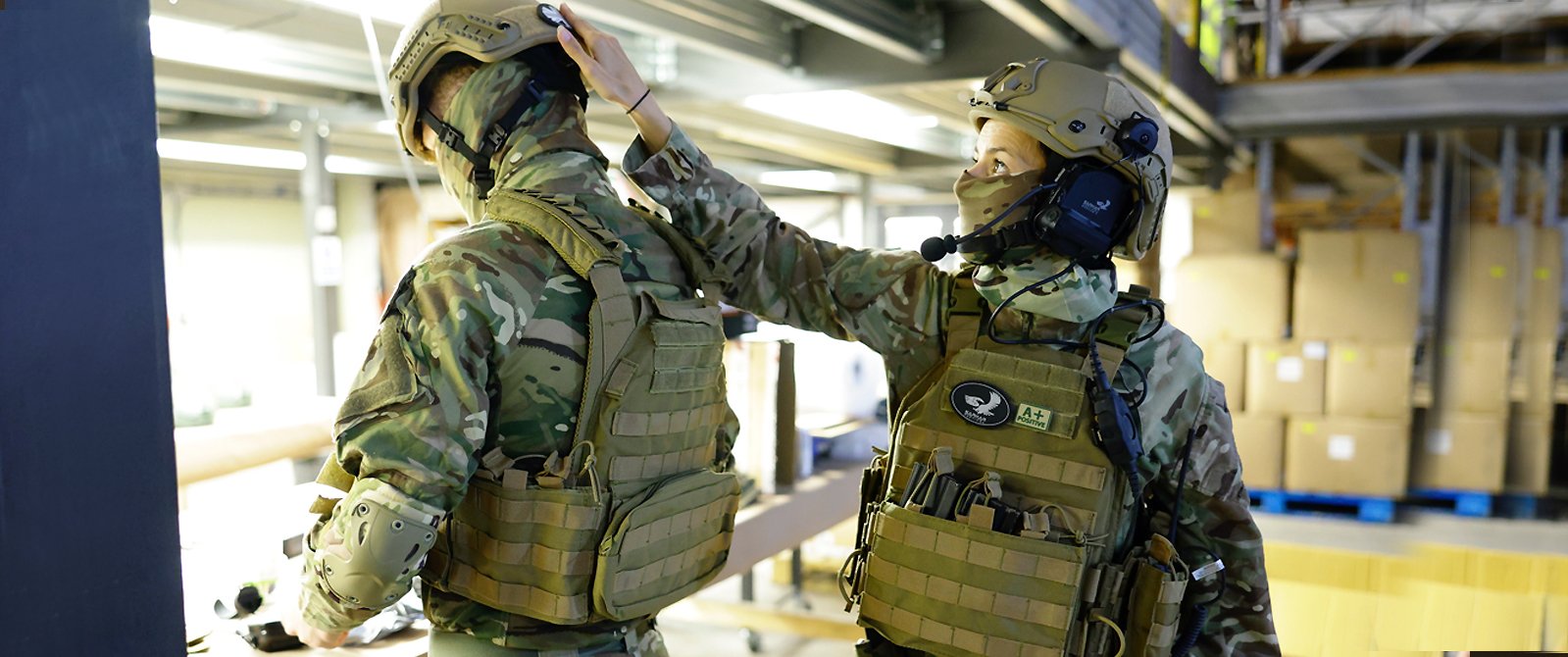
Important equipment should be positioned in a place that is easily accessible, while also distributing weight evenly. Below are the three key considerations when planning your plate carrier set-up:
Accessibility
Position critical gear and accessories on your plate carrier so that you can reach them quickly. Prioritise items you may need in a hurry, such as communication devices, medical supplies, or spare magazines. The ability to access crucial tools with ease can make all the difference in high-pressure situations.
Weight Distribution
Distribute the weight of your equipment evenly across your plate carrier. Ensure that the added gear does not tilt or strain your body. This balanced weight distribution minimises fatigue and allows you to operate effectively for extended periods.
Proximity to Your Hands
Equip your plate carrier with items that can be accessed quickly, even under stress. Think about the most logical placement for critical tools, and place them where your hands naturally fall. This ensures that you can respond promptly when time is of the essence.
How Should you Prioritise Equipment for Certain Operations?
One of the key principles of operating in a tactical environment is adaptability. To optimise your plate carrier setup for different operations, it’s crucial to tailor your equipment to the specific demands of the situation.
One of the key principles of operating in a tactical environment is adaptability. To optimise your plate carrier setup for different operations, it’s crucial to tailor your equipment to the specific demands of the situation.
Combat Operations
In combat scenarios, your plate carrier should be optimised for survivability and combat effectiveness. Prioritise equipment as follows:
Ammunition:
Ensure that your plate carrier can carry an ample supply of magazines for your primary weapon. Quick access to extra rounds is essential for sustained firefights.
Communications:
Reliable communication with your team is vital for coordination and safety.
First Aid:
In combat, injuries can occur at any moment. Have immediate access to first aid equipment like tourniquets, bandages, and trauma shears.
Reconnaissance
For reconnaissance and infiltration operations, maintaining a low profile and agility are important:
Lightweight Gear:
Minimise unnecessary weight and bulk. Streamline your plate carrier setup to carry only the essentials.
Navigation Tools:
Carry navigation equipment, maps, and GPS devices to ensure accurate location awareness during reconnaissance tasks.
Camouflage:
Concealment is critical. Attach camouflage elements to your plate carrier and gear to blend in with your surroundings effectively.
Search and Rescue
For search and rescue operations, you may need equipment for aiding and evacuating individuals in distress:
Medical Supplies:
Ensure your plate carrier has ample space for medical equipment such as first aid kits and bandages.
Communication and Navigation:
Maintain communication with your team and coordinate efforts efficiently. Equip your plate carrier with radios and navigation tools.
Ropes and Carabiners:
Be prepared for vertical and horizontal rescues. Attach ropes and carabiners to your plate carrier for quick and secure rescue operations.
Find out more about what tactical gear is.
How to set up a Plate Carrier: Final Thoughts
Your plate carrier is a critical element of your tactical readiness. A well-organised plate carrier can make a substantial difference in your effectiveness and safety during operations. Ensuring your plate carrier is set up exactly right will only serve to benefit you in a tactical situation.
At Sarkar Tactical, we stock professional tactical gear. Our range of body armour includes two plate carriers: The Bellator tactical plate carrier vest, and the Krieger plate carrier. Both of these protective vests are designed to be used in any operation where ballistic protection is required. Contact us today for a bespoke quotation.
Related Articles
- The full guide to protective armour
- What is tactical gear?
- What is a plate carrier?
- What are bulletproof vests made of?
- What are the different levels of body armour?
FAQs
Is it OK to hang a plate carrier?
It’s generally okay to hang a plate carrier when not in use. Hanging your plate carrier can help maintain its shape and ensure proper ventilation. This is important to prevent odours and moisture build-up. However, it’s essential to use proper hangers that won’t damage the carrier, and avoid overloading it with excessive weight or equipment while hanging. Ensure that the plate carrier is stored in a cool, dry place away from direct sunlight.
What should every plate carrier have?
Every plate carrier should be equipped with armour plates, as they provide vital protection against ballistic threats. They should also have MOLLE/PALS Webbing, as this system enables customisation with pouches and accessories for carrying equipment such as magazines, first aid kits, and communication devices. A quick-release system for rapid doffing is also crucial in emergencies, alongside proper sizing. Make sure to choose a plate carrier that fits your body well to maximise comfort and protection.
What colour plate carrier should I get?
The choice of plate carrier colour depends on your specific requirements and surroundings. Black plate carriers offer a classic and versatile appearance, suitable for urban and nighttime operations. The press generally uses blue plate carriers. Tan plate carriers are excellent for arid and desert conditions, offering better camouflage. Ultimately, the colour should align with your operational environment and the operation’s requirements.

